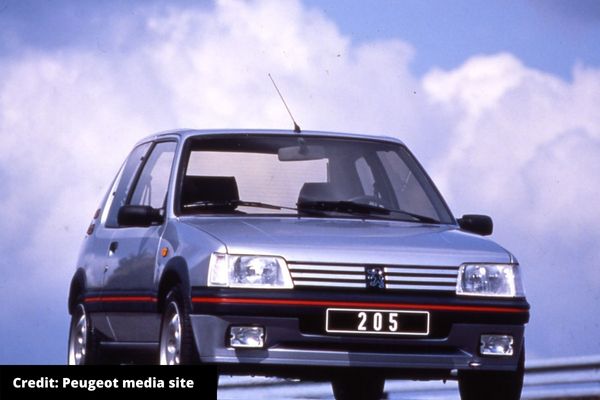HAS IMPORTING A CAR FROM THE EU BEEN AFFECTED BY BREXIT?
Historically, many private importers have found buying classic cars abroad to be a no-brainer. This is due to the combination of a higher availability of examples to choose from, which haven’t been subjected to many years of our damp oceanic climate and which are cheaper to buy in the first place.
But since Brexit was finalised at the end of 2020, importing cars from the European Union (EU) to the UK now involves more paperwork and costs. Here at Footman James, we believe if you choose wisely, you can still import quality classic cars from the EU without it being cost-prohibitive.
Due to the EU and UK agreeing to a Free Trade Agreement, car imports to the UK from the EU require no duty to be paid. But the biggest change when importing a car of any age from the EU is what you will pay in VAT – especially if the car is under 30 years old.
Hypothetically, someone interested in importing a mint-condition Peugeot 205 GTI for around £10,000 might be looking at all model years from 1984-1994. But there would be a big difference in what they would pay in VAT if they chose a 205 GTI built in 1994, over an earlier 1989 model year example.

Put simply, as the 1989 model is more than 30 years old, the VAT rate that you would need to pay is just 5% - a cost of £500. But it would cost £2,000 to import a 1994 example because it is still currently under 30 years old and therefore qualifies for the higher 20% VAT rate.
More expensive classics could work out cost-prohibitive to an importer. Hypothetically, importing a £44,000 1994 Lancia Delta HF 2.0-litre Integrale would incur the 20% VAT rate at £8,800 once it arrives in the UK. But if that £44,000 Integrale was 30 years old (or older), it would cost the buyer just £2,200 at the 5% VAT rate.
Once your import is purchased, you will need to obtain a written contract - including the name and addresses from both parties, the price paid and details of the chassis number and the exact vehicle, and the original registration document. While it won’t be cheap, it will be far easier to have your purchase transported to avoid the complications of driving a car for export back to the UK.
On arrival to the UK, you must notify HM Revenue and Customs (HMRC) within 14 days, after which you will be told about payable duty and VAT and about getting vehicle approval. Imports that were built less than 40 years ago will require an MOT.
You will then be able to register the car by filling out a V55/5 form and by sending the original foreign registration document. Once this is done and all taxes have been paid, you notified of the new registration number and will be able to fit registration plates and begin enjoying your classic.
Which classic car would you consider importing from EU countries? Have you got any experiences to share? We’d love to hear about them in the comments below!

COMMENT